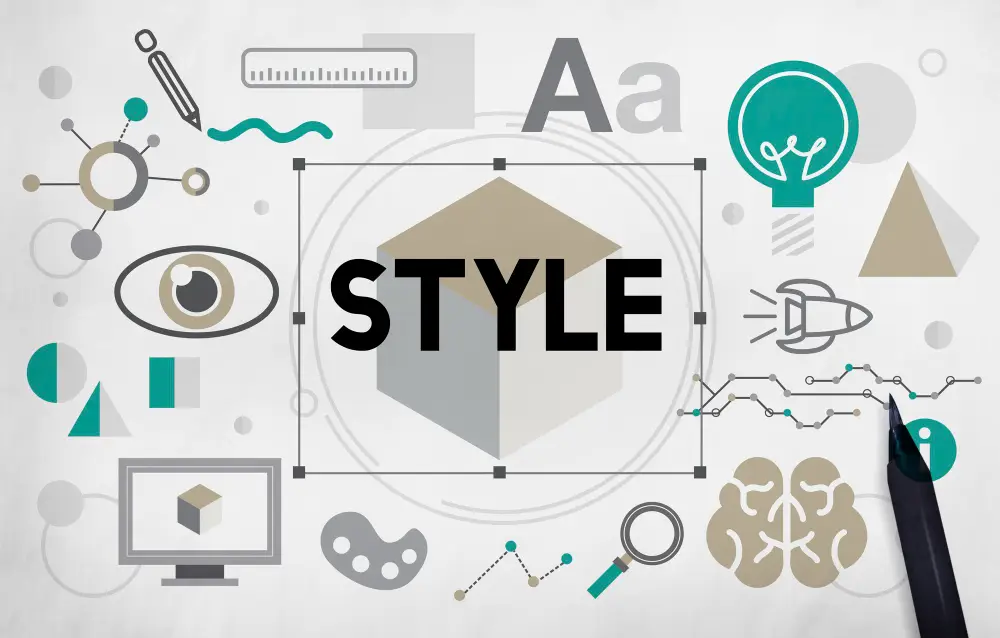A strong brand identity is crucial for creating a memorable and trustworthy online presence. Consistency in brand identity across all digital touchpoints not only builds recognition but also fosters trust and loyalty among your audience. Figma, a leading design tool, offers powerful features that can help you integrate your brand identity seamlessly across your website. In this blog post, we’ll explore best practices for brand consistency and how to leverage Figma to achieve it.
Why Brand Identity Matters
Brand identity encompasses the visual and emotional elements that define how a brand is perceived. This includes logos, colors, typography, imagery, and overall design style. A consistent brand identity:
- Enhances brand recognition
- Builds customer trust and loyalty
- Differentiates your brand from competitors
- Supports a cohesive user experience
Best Practices for Integrating Brand Identity
1. Define Your Brand Guidelines

Start by creating comprehensive brand guidelines that outline your brand’s visual and verbal elements. This should include:
- Logo Usage: Specifications for logo size, placement, and variations.
- Color Palette: Primary and secondary colors with hex codes.
- Typography: Font styles, sizes, and usage rules.
- Imagery Style: Guidelines for photos, illustrations, and iconography.
- Tone of Voice: The style of writing that reflects your brand’s personality.
2. Consistent Visual Elements

Ensure that all visual elements on your website align with your brand guidelines. This includes headers, footers, buttons, forms, and other UI components. Consistency in these elements reinforces your brand identity and creates a cohesive user experience.
3. Responsive Design

Your brand identity should be consistent across all devices. A responsive design ensures that your website looks and functions well on desktops, tablets, and mobile devices. Pay attention to how brand elements like logos and typography scale and adapt to different screen sizes.
4. High-Quality Imagery

Use high-quality, on-brand imagery throughout your website. This includes photos, graphics, and icons that align with your brand’s style and messaging. Avoid using generic stock photos that can dilute your brand identity.
5. Engaging Content

Content is a key aspect of brand identity. Ensure that your website’s content, including blog posts, product descriptions, and calls to action, reflects your brand’s tone of voice and messaging. Consistent, engaging content helps build a strong connection with your audience.
Leveraging Figma for Brand Consistency
Figma offers a range of features that make it easier to maintain brand consistency across your website. Here’s how you can leverage Figma to integrate your brand identity seamlessly:
1. Design Systems
A design system is a collection of reusable components and guidelines that ensure consistency across your designs. In Figma, you can create a design system that includes:
- Components: Reusable elements like buttons, icons, and forms.
- Styles: Consistent colors, typography, and effects.
- Libraries: Shared assets that can be used across multiple projects.
2. Shared Styles
Figma allows you to create and apply shared styles for colors, text, and effects. This ensures that all elements in your design adhere to your brand guidelines. If you update a shared style, all instances of that style in your project will automatically update, maintaining consistency.
3. Team Collaboration
Figma’s cloud-based platform facilitates real-time collaboration among team members. Designers, developers, and stakeholders can work together seamlessly, ensuring that everyone is aligned with the brand guidelines. Feedback can be provided directly on the designs, streamlining the review process.
4. Prototyping
With Figma’s prototyping features, you can create interactive prototypes that simulate the user experience. This allows you to see how your brand elements work together in a real-world context and make necessary adjustments before final implementation.
5. Version Control
Figma’s version control feature helps you keep track of changes and maintain consistency. You can easily revert to previous versions of your designs if needed, ensuring that your brand identity is preserved throughout the design process.
Conclusion
Integrating a consistent brand identity across your website is essential for building a strong, recognizable, and trustworthy online presence. By defining clear brand guidelines and leveraging the powerful features of Figma, you can ensure that your website reflects your brand’s personality and values cohesively.


